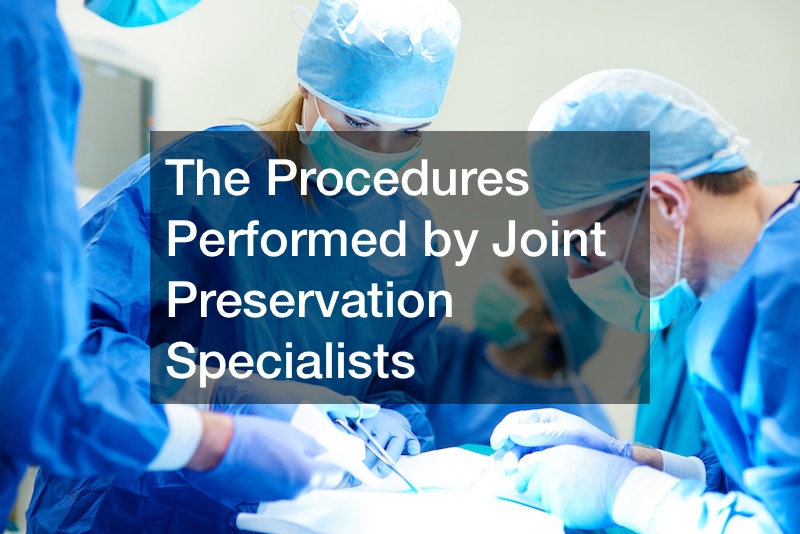
The Procedures Performed by Joint Preservation Specialists

Joint preservation surgery is a treatment that targets cartilage injury or deterioration. The aim of this procedure is to use various restoration procedures to either delay or avoid replacement joint surgery. A joint preservation specialist determines the cause of treatment by considering factors such as the level of joint dysfunction and age. Cartilage deterioration results from knee misalignment or cartilage damage.
These issues are rectified through joint replacement surgery. Cartilage restoration is an effective alternative and one that is less intrusive. This video provides an overview of the process and the success rate for different problems.
Joint preservation specialists diagnose cartilage injury through imaging tests, a brief physical examination, and a review of your medical history. MRIs and X-rays can also help further understand the problem and develop the best course of treatment. These specialists then suggest treatment options, including knee alignment or ligament reconstruction. Cartilage repair techniques vary depending on the patient’s medical history and the extent of damaged tissue. Joint replacement specialists perform osteotomies where the bone is cut to facilitate joint realignment. This process is simple and effective and is an excellent solution for problems caused by osteoarthritis.


